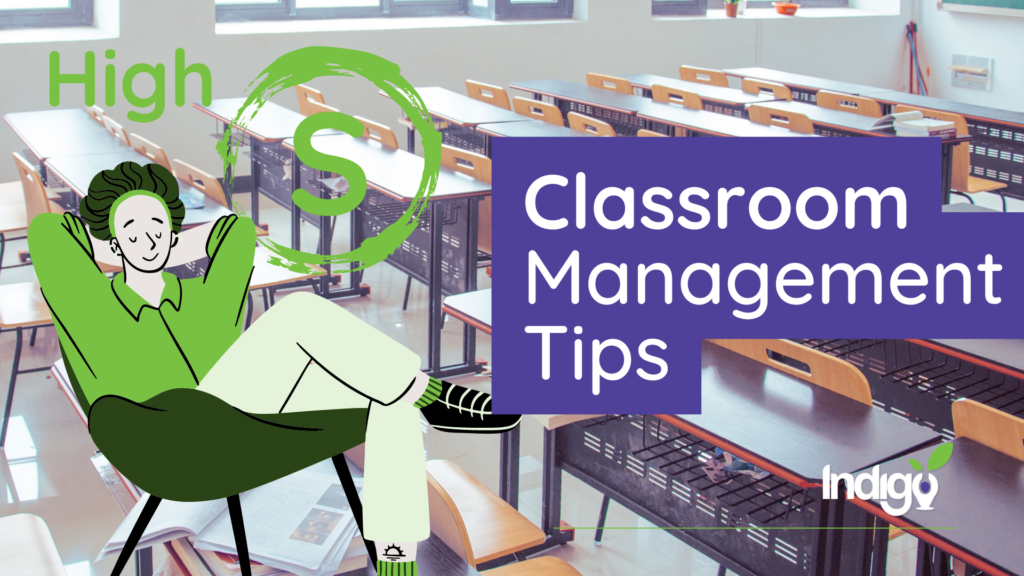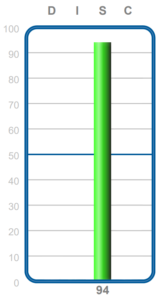Personalized classroom management strategies help meet individual student needs, fostering a positive learning environment, increasing motivation, and leading to better student performance. Understanding a student’s core DISC style provides a great framework helping each student thrive! In this blog, we’ll explore techniques for managing high steadiness students, creating a peaceful and routine-driven environment for optimal performance.
Someone who scores above 50 in the DISC Steadiness behavioral style (green bar on the DISC graph) is considered “high” in that style. The higher the score, the more these classroom strategies typically apply.
A high steadiness students may have characteristics such as being dependable, consistent, and reliable. They are often able to maintain their composure in difficult situations. High steadiness people tend to do their best with a plan that doesn’t change frequently and may want to be in control of designing that plan. They may also be patient, persistent, and able to focus on a task for a long period of time.
Here are some classroom management strategies to keep in mind for your students who have a high steadiness behavioral style:
Establish a routine.
Create a structured and consistent daily routine, and stick to it as much as possible. This will help students with high steadiness feel secure and comfortable in the classroom.
Clearly communicate expectations.
Clearly state rules and expectations for behavior, and make sure they are consistently enforced.
Provide positive feedback.
Give frequent positive feedback and recognition to students who follow the rules and expectations.
Avoid sudden changes.
Try to avoid sudden changes or disruptions to the classroom routine, as this can cause anxiety or confusion for students with high steadiness scores.
Be calm and composed.
Maintain a calm and composed demeanor at all times, as this will help create a stable and peaceful classroom environment.
Be organized.
Be organized and make sure that materials and resources are readily available for use.
Use a structured seating plan.
Use a structured seating plan that promotes order and stability in the classroom.
Encourage participation.
Encourage participation and interaction among students, but in a controlled and structured way.
Be consistent in discipline.
Consistently implement and communicate discipline policies, which should be predictable and logical.
These strategies aim to provide a structured and safe learning environment that takes into account the individual needs of high steadiness students and encourages them to take responsibility for their learning and behavior. It also provides opportunities for positive reinforcement and recognition and in time, know how to better advocate for themselves.
Note: It’s important to note that the DISC assessment is just one tool used to understand and describe behavior, and it should not be used to label or judge individuals. Each person is unique and may exhibit a combination of different behavioral traits. Additionally, behavior can change depending on the situation and context. Therefore, it is essential to use the information from the DISC assessment as a starting point for understanding and communication, not as a means of making judgments or assumptions about a person’s character or abilities.


